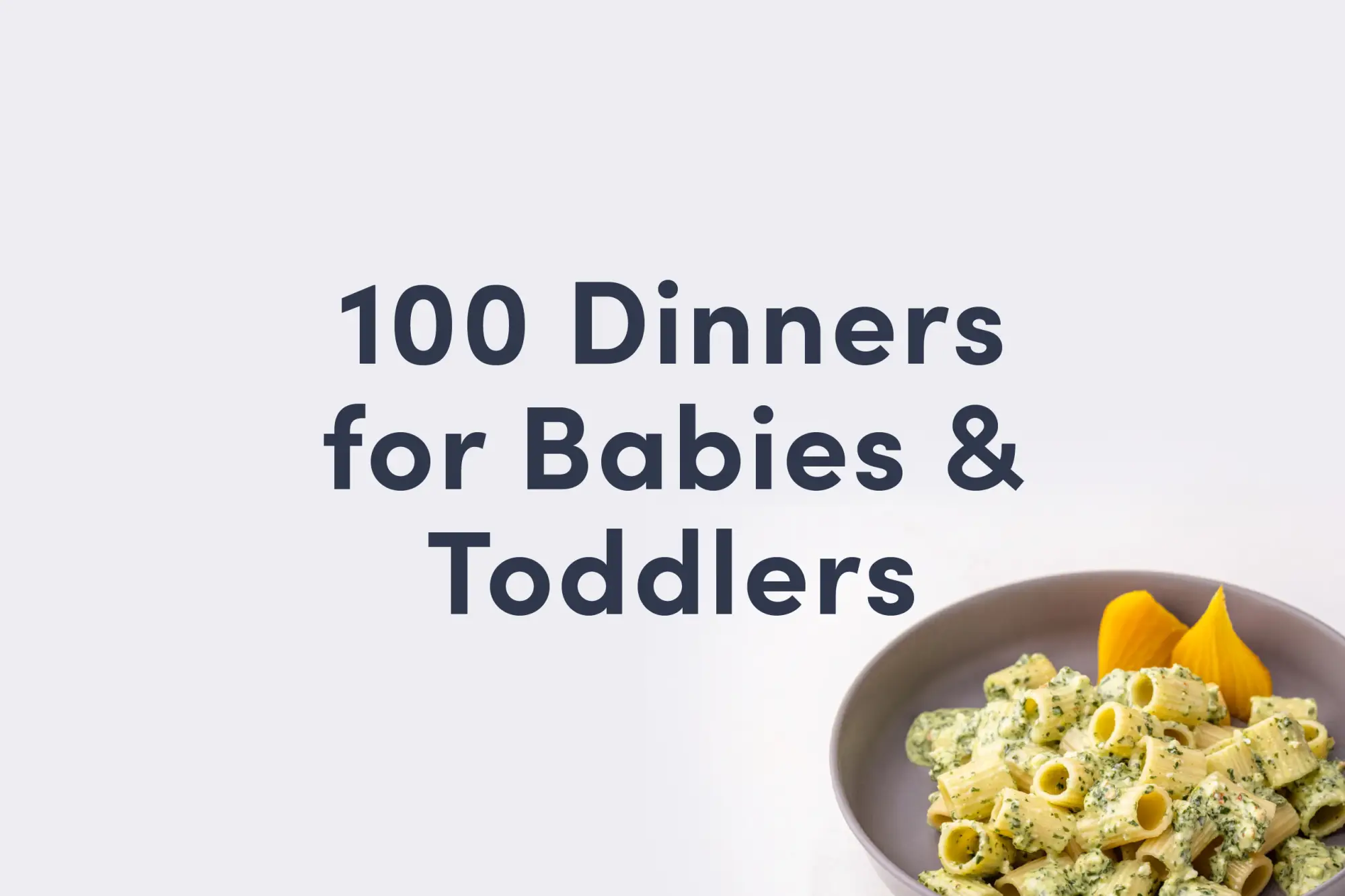Cilantro (Coriander)
Herb/Spice
Age Suggestion
6 months
Iron-Rich
No
Common Allergen
No

When can babies have cilantro?
Cilantro may be introduced as soon as baby is ready to start solids, which is generally around 6 months of age.
Cilantro originated in the fertile lands around the Mediterranean Sea, where the herb has been used as food and medicine since ancient times. Cilantro is the Spanish word for coriander, which was introduced by colonizers to the Americas and South Asia, the world’s top growing regions of the plant today. The versatile herb flavors dishes across the globe, from chutney, larb, and masala in South Asia, to mojo, salsa, and sofrito in Central America.
Is cilantro healthy for babies?
Yes, although cilantro’s nutritional benefits are limited because the herb is often used in small amounts. Fresh or dried cilantro leaves and stalks support bone and eye health, thanks to the presence of vitamin K and vitamin A. Small amounts of vitamin C and folate are also present in this herb, which both play a role in the growth of healthy cells and tissue. Cilantro also contains antioxidants, which have anti-inflammatory properties.
Coriander seeds (which are also finely ground to make the spice coriander) contain lysine, an amino acid that supports the immune system, fiber, as well as small amounts of the minerals calcium, phosphorous, and iron.
★Tip: Give cilantro a good rinse before using, as the leaves may have gained some sand or dirt in the harvesting process. Cilantro is also very perishable, so plan to use it soon after buying. If you have leftover cilantro, wrap it in a damp towel and store in a sealed bag in the fridge. You can also blend it with a little olive oil and freeze in ice cube trays for later.
Is cilantro a common allergen?
No. Allergies to cilantro are rare, although contact dermatitis and anaphylactic reactions have been reported. Individuals who are allergic to mugwort or birch pollen or who have Oral Allergy Syndrome (also called pollen food allergy syndrome) may also be sensitive to cilantro and its seed, coriander. Oral Allergy Syndrome typically results in short-lived itching, tingling, or burning in the mouth and is unlikely to result in a dangerous reaction.
Some individuals who are sensitive to cilantro and coriander may develop respiratory symptoms or contact rashes when handling coriander powder during food preparation.
As you would when introducing any new food, start by offering a small quantity for the first few servings. If there is no adverse reaction, gradually increase the quantity over future meals.
Is cilantro a choking hazard for babies?
No. Both fresh and dried cilantro present a low risk when safely prepared for a child’s age and developmental ability, though, in theory, an individual could choke on any food. To reduce the risk, prepare and serve cilantro in an age-appropriate way as described in the How to Serve section. Note that cilantro leaves can stick to baby’s tongue or inside the mouth, which can cause some gagging or coughing. If this happens, offering baby a drink from an open cup can help wash the food down. As always, make sure you create a safe eating environment and stay within an arm’s reach of baby during meals.
Learn the signs of choking and gagging and more about choking first aid in our free guides, Infant Rescue and Toddler Rescue.
Videos
Why does cilantro taste like soap to some people?
For some people, cilantro tastes bright and citrusy. For others, cilantro tastes acrid or soapy. Research indicates a genetic component to this difference—specifically the genes that play a role in smell and taste—but there are also environmental factors that influence how people perceive tastes. This suggests that early and frequent use of cilantro could help baby acclimate to the flavor, even if they carry these genes.
Crushing or heating the leaves helps to break down the specific plant compound that seems to be responsible for cilantro’s distinctive taste, so introducing cilantro as part of a sauce or cooked into a dish can reduce the herb’s potency.
How do you serve cilantro to babies?
Every baby develops on their own timeline, and the suggestions on how to cut or prepare particular foods are generalizations for a broad audience.
6 months old +:
Blend fresh cilantro into sauces that can be drizzled onto steamed vegetables, stewed chicken, or poached fish. You can also finely chop cilantro and mix into soft, scoopable foods like mashed vegetables, rice, or yogurt.
12 months old +:
Use cilantro as you normally would in dishes, even if a recipe calls for whole cilantro leaves. Just keep in mind that any larger leaves may cause toddlers to gag or cough a little. Keep an open cup with water or milk on hand and encourage the toddler to take a sip if a bit of cilantro gets uncomfortable.

Get inspired with new recipe ideas from our guide, 100 Dinners for Babies & Toddlers.
Written by
Expert Tips Delivered to Your Inbox
Sign up for weekly tips, recipes and more!
The content offered on SolidStarts.com is for informational purposes only. Solidstarts is not engaged in rendering professional advice, whether medical or otherwise, to individual users or their children or families. No content on this site, regardless of date, should ever be used as a substitute for direct medical advice from your doctor or your medical or health professional, nutritionist, or expert in pediatric feeding and eating. By accessing the content on SolidStarts.com, you acknowledge and agree that you are accepting the responsibility for your child’s health and well-being. In return for providing you with an array of content “baby-led weaning” information, you waive any claims that you or your child may have as a result of utilizing the content on SolidStarts.com.









